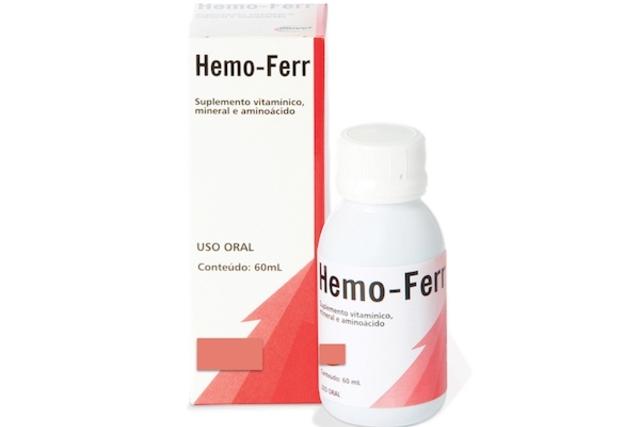
In oligotherapy, iron is used for anemia, a disorder that manifests itself with a reduction of circulating hemoglobin, or the protein, present in the red blood cells of vertebrates, responsible for oxygen transport to fabrics.
Iron, in plants, animals and humans, plays an essential role in breathing cellular and intervenes in redox processes. The adult body contains on average 4-5 grams of iron, most of which, 60-70%, is found in hemoglobin and to a lesser extent in myoglobin, pigment present in the muscles, whose function is always to bind oxygen.
The causes of anemia
Anemia comes in various forms and can have multiple causes. The most frequent one is due to nutritional errors o intestinal absorption defects. It is also found in the presence of chronic inflammatory diseases, endocrine dysfunctions (e.g. thyroid), liver disease, alcoholism, decreased kidney function, lead poisoning or as a result of treatment with certain drugs.
Other factors that cause anemia can beinheritance (membrane defect), bleeding, different diseases infectious (viral infections, malaria, toxoplasmosis), some medications, enzymatic defects or internal to the blood cell (Mediterranean anemia, Fauvism).
The most evident symptoms are paleness and fatigue, as the blood contains less hemoglobin and is therefore less "red", but also because the body tends to convey it to the most important organs, to the detriment of the skin and mucous membranes.
Learn about the effects of iron deficiency and excess
Iron in trace elements and anemia
For the treatment of anemia, iron, as a trace element, is used to replenish its deficiency in a natural way (1 ml of blood contains 0,5 ml of iron), without creating accumulations in the body, thanks to its easily digestible molecular form. and assimilable by the intestine. In fact, iron is absorbed by the duodenum and accumulated in the intestinal mucosa in the form of ferritin.
Iron is essential for neurotransmitters such as Serotonin dopamine norepinephrine that regulate behavior and mood. It combines with proteins and copper to form and color Red blood cells. Iron promotes resistance to stress and disease, strengthens the immune system and increases energy production.
Even the liver, spleen, bone marrow and muscles accumulate a certain amount, the peculiarity of the physiology of iron is that once it is introduced into the body, its elimination is very poor, unless in the presence of a hemorrhage. Apart from this possibility, the amount of iron lost through urine, feces, sweat, cell desquamation, periodic nail and hair cutting is in the order of a few millionths of a gram.
Iron deficiency alters the body's resistance to effort, and above all weakens the heart and brain, causes fatigue, paleness, immune deficiency, tachycardia, scaly skin, soft and brittle nails, ringing in the ears, bleeding, menstrual pain, disorders gastrointestinal decreased intellectual performance, drowsiness, irritability, decreased attention and difficulty concentrating. Iron deficiency is common in pregnancy, in those who have a heavy menstrual cycle, in fertile women, in those who lose blood due to hemorrhoids.
Iron and its intake
Iron for anemia is better assimilated when combined with Vitamin C, which favors its absorption and carries out synergistic actions with it; while calcium and copper are essential for its assimilation. It comes in the form of iron gluconate and should be taken 20 drops 1-3 times a day.
How to notice the lack of iron in the diet?
To learn more:
> Natural supplements against anemia
> Symptoms, causes and remedies for iron deficiency
> Foods rich in iron
> Foods that contain iron
| Andrew Mason


























